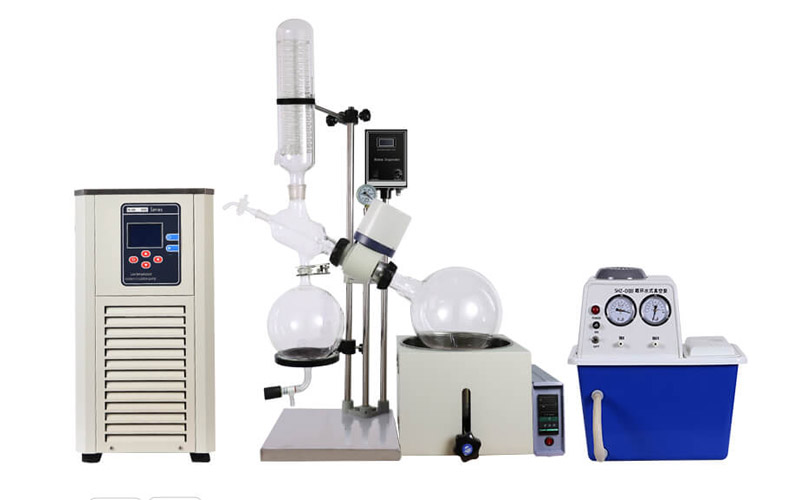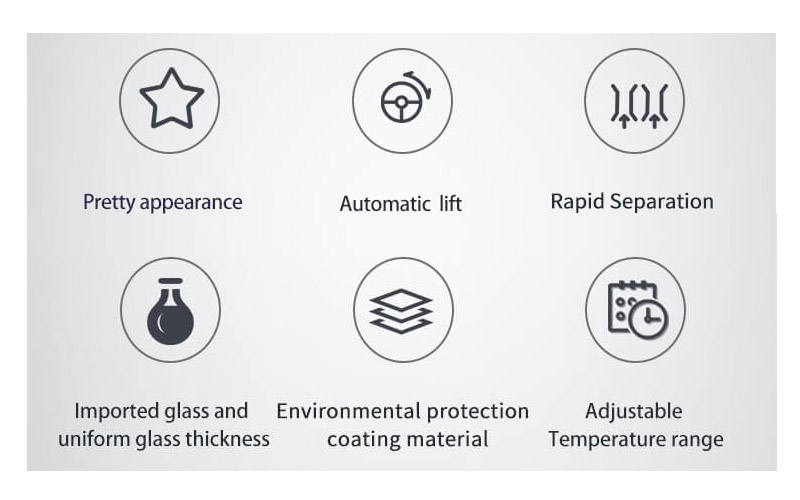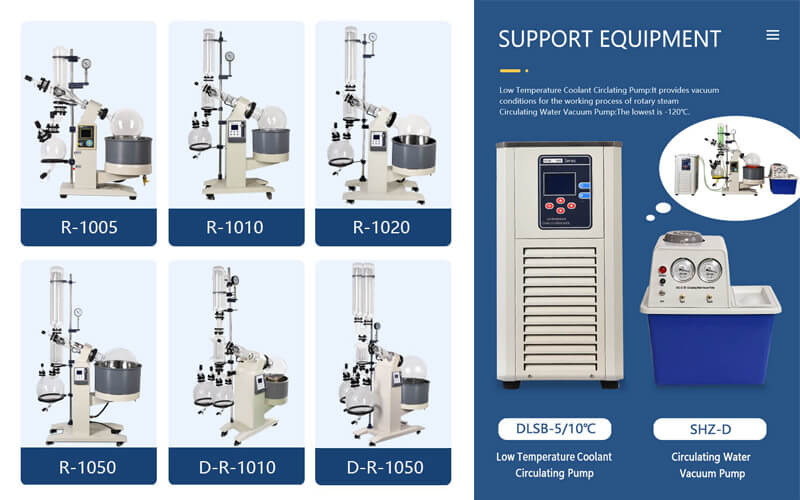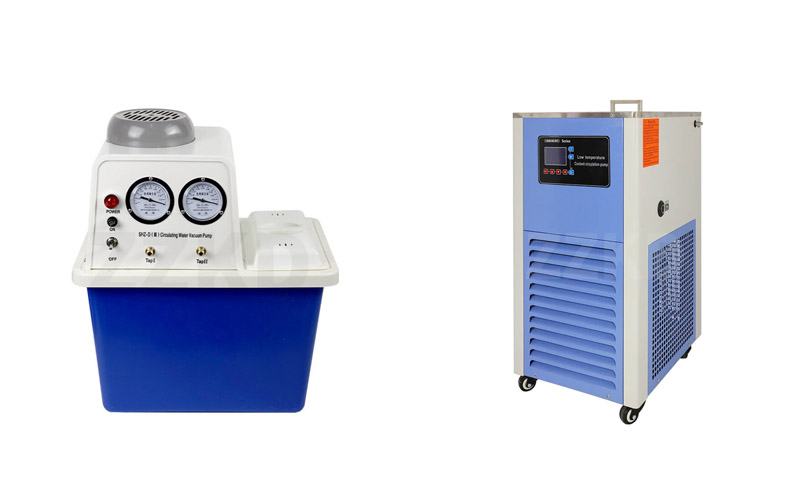In the realm of chemical and biological research, efficient and precise extraction methods are paramount. Among the various techniques available, the rotovap method stands out for its versatility and efficacy. But what exactly is the rotovap method of extraction, and why has it become a staple in laboratories and industries worldwide?
Understanding the Rotovap Method
The rotovap, short for rotary evaporator, is a device used primarily for the gentle removal of solvents from samples through the process of evaporation. This method is especially useful in the concentration of samples and the purification of various substances. The principle behind the rotovap method involves the use of vacuum, heat, and rotation to facilitate the efficient evaporation of solvents at lower temperatures than would be possible under atmospheric pressure.
A typical rotovap system consists of a few key components:
1. Rotary Flask: Holds the sample mixture.
2. Water or Oil Bath: Heats the sample to induce evaporation.
3. Condenser: Cools the vapor back into liquid form.
4. Receiving Flask: Collects the condensed solvent.
5. Vacuum Pump: Reduces the pressure within the system, allowing for lower temperature evaporation.

The Process of Rotovap Extraction
The process begins by placing the sample into the rotary flask. The flask is then immersed in a water or oil bath, where it is heated. As the flask rotates, a thin film of the sample spreads over the interior surface, increasing the surface area for evaporation. The vacuum pump reduces the pressure, lowering the boiling point of the solvent. This allows the solvent to evaporate at a lower temperature, which is particularly beneficial for heat-sensitive compounds.
The vaporized solvent travels through the condenser, where it is cooled and converted back into liquid form, which is then collected in the receiving flask. The result is a concentrated sample with the solvent effectively removed.
Advantages of the Rotovap Method
1. Efficiency: The combination of vacuum and rotation significantly speeds up the evaporation process compared to traditional methods.
2. Precision: The ability to control temperature and pressure precisely ensures that delicate compounds are not degraded by excessive heat.
3. Versatility: Suitable for a wide range of solvents and compounds, making it a versatile tool in both chemical and biological laboratories.
4. Scalability: From small-scale laboratory setups to larger industrial applications, the rotovap method can be scaled to meet various needs.

Applications of Rotovap Extraction
The rotovap method is used across numerous industries and fields of research:
Pharmaceuticals: For the extraction and concentration of active ingredients.
Food and Beverage: In the production of flavors and essential oils.
Environmental Science: To concentrate and analyze pollutants from water or soil samples.
Chemical Engineering: In the purification of chemicals and reagents.
When considering the implementation of a rotovap in your laboratory or production process, the rotovap price is undoubtedly an important factor. Prices can vary widely based on the size, features, and brand of the rotovap. For instance, a basic laboratory model may cost a few thousand dollars, while more advanced industrial models can range into the tens of thousands.

Is the investment worth it? Absolutely. The efficiency, precision, and versatility of the rotovap method can lead to significant savings in time and resources, ultimately providing a high return on investment.
Interactive Insight: Are There Any Alternatives?
While the rotovap method is highly effective, some may wonder if there are alternative extraction methods available. Yes, there are several other techniques such as Soxhlet extraction, ultrasonic extraction, and supercritical fluid extraction. Each method has its own set of advantages and limitations. For example, Soxhlet extraction is effective but can be time-consuming, while supercritical fluid extraction is highly efficient but often requires more complex and expensive equipment.
The choice of extraction method depends on the specific requirements of the process, including the nature of the compounds, the desired purity, and the available resources. However, for many applications, the rotovap method strikes an excellent balance between efficiency, cost, and versatility.
Practical Tips for Using a Rotovap
To maximize the benefits of the rotovap method, consider the following tips:
Solvent Selection: Choose solvents with appropriate boiling points and volatility to match the capabilities of your rotovap system.
Temperature Control: Maintain precise temperature settings to avoid thermal degradation of sensitive compounds.
Vacuum Optimization: Adjust the vacuum level to achieve efficient solvent removal without causing bumping or foaming.
Maintenance: Regularly clean and maintain the rotovap components to ensure consistent performance and longevity.

Concluding Thoughts
The rotovap method of extraction represents a cornerstone of modern laboratory and industrial processes. Its ability to efficiently and precisely remove solvents while preserving the integrity of delicate compounds makes it an invaluable tool. Whether in pharmaceuticals, food production, environmental analysis, or chemical engineering, the rotovap method offers unmatched versatility and reliability.
Considering the rotovap price, it's clear that the investment in this technology can yield substantial benefits. By enhancing productivity, reducing resource consumption, and ensuring high-quality results, a rotovap can play a critical role in advancing research and development efforts.
As you contemplate the best extraction method for your needs, consider the many advantages of the rotovap. Are there specific requirements that could benefit from the precision and efficiency of this method? How might the implementation of a rotovap enhance your processes and outcomes? By answering these questions and understanding the capabilities of the rotovap method, you can make informed decisions that drive success in your endeavors.

 Products
Products
























